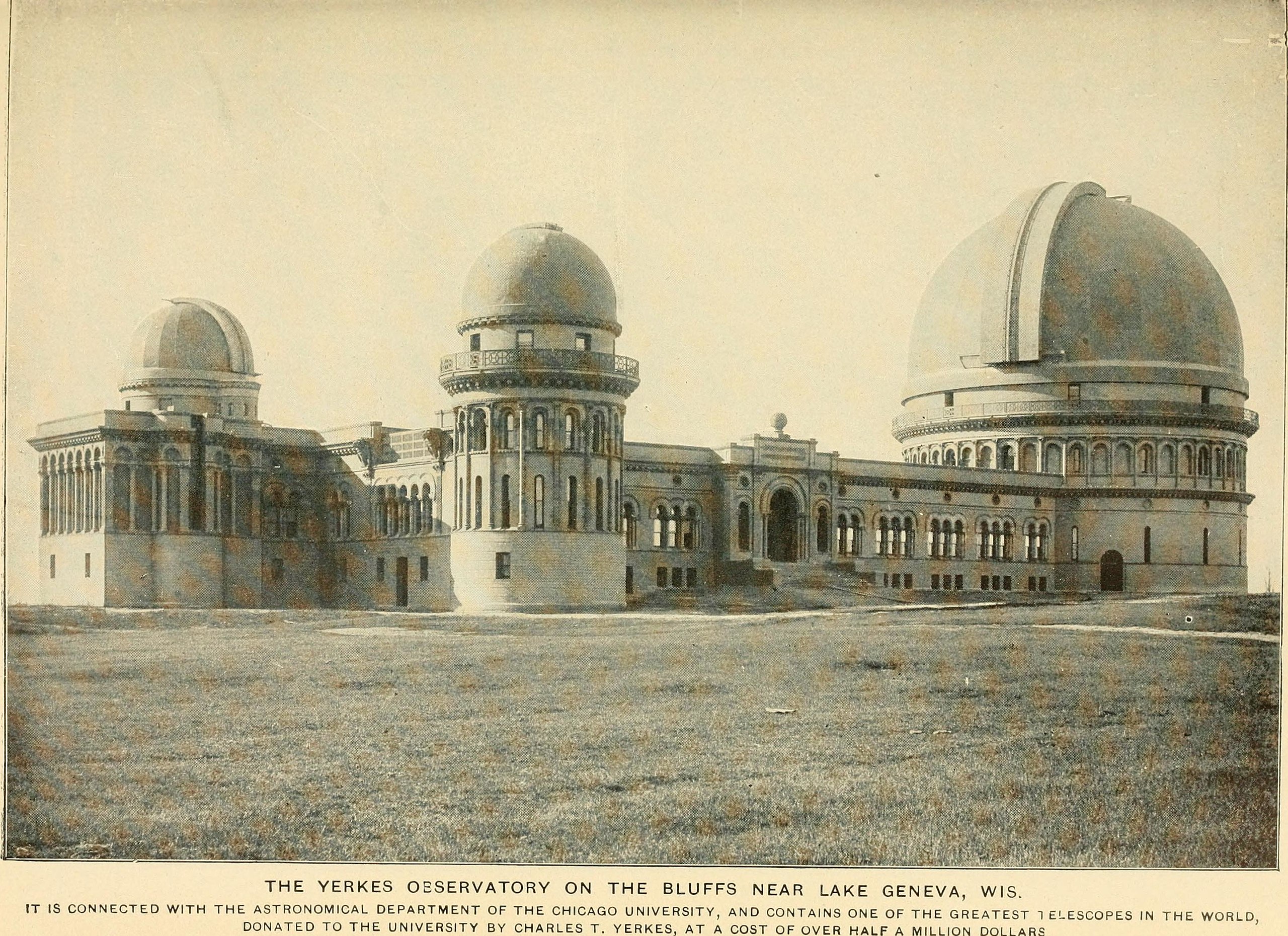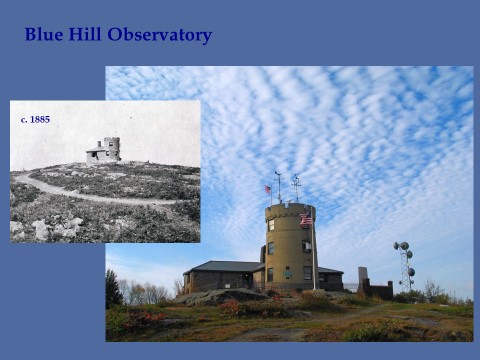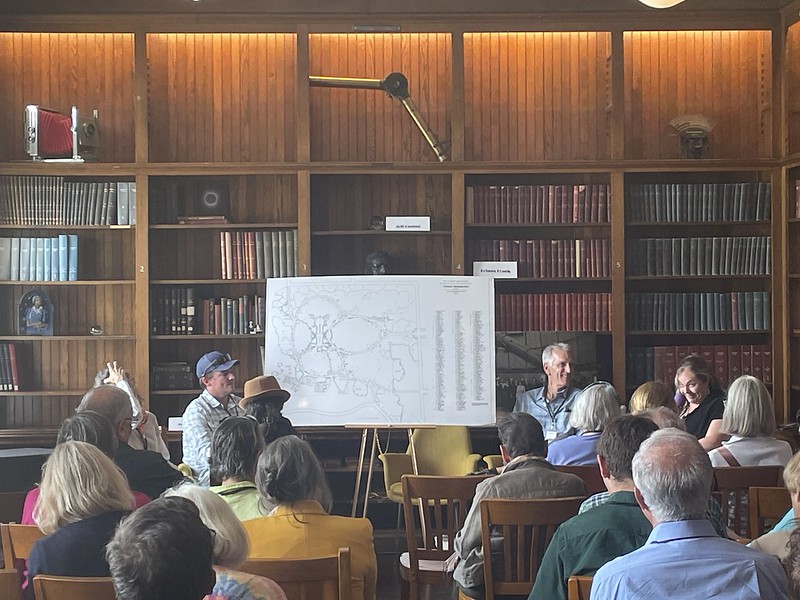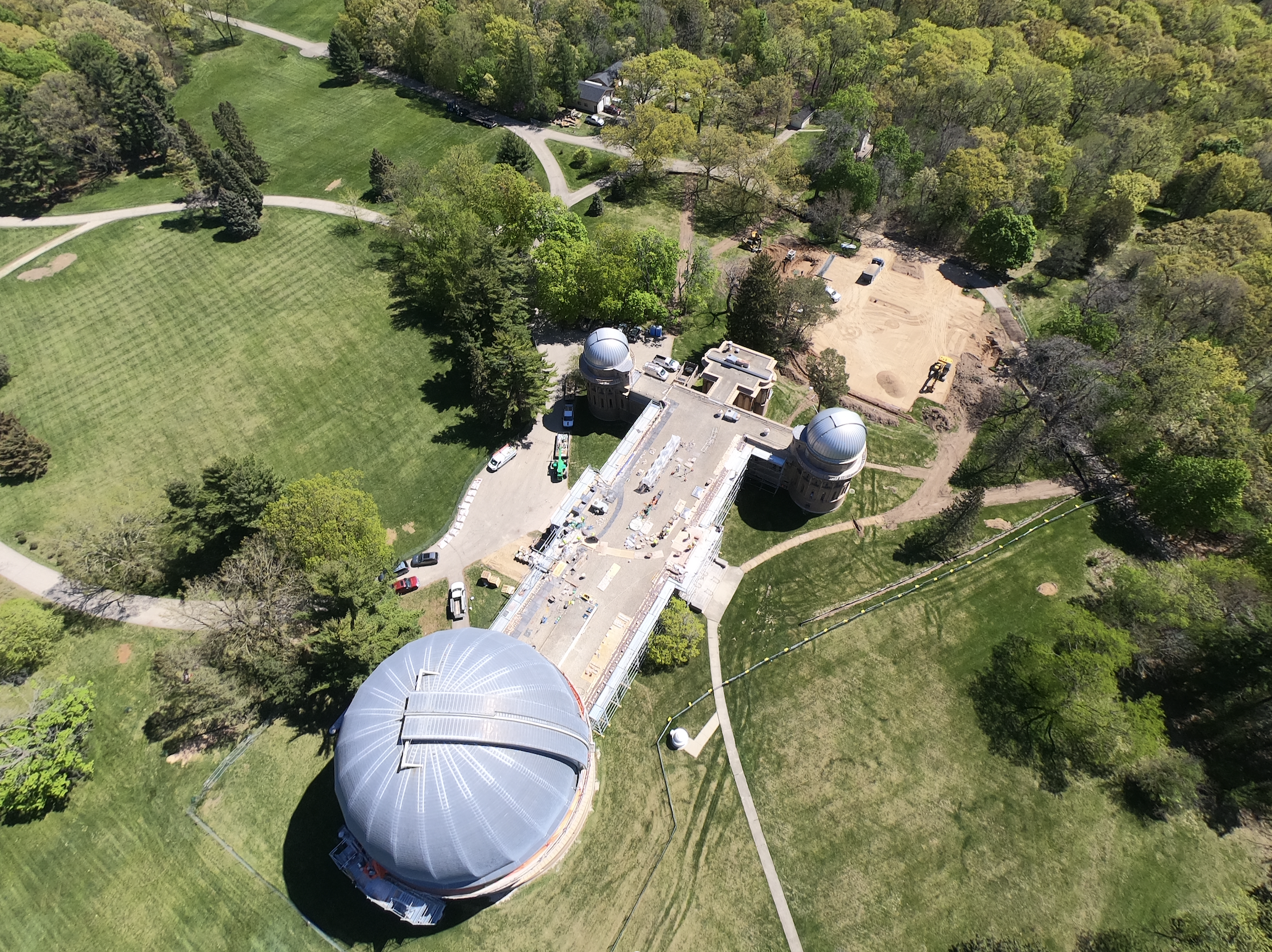
Two extraordinary cultural landscapes – with deep connections to the Olmsted firm – are being restored in time for the Olmsted Bicentennial.
Since 2020, the Yerkes Future Foundation has dedicated itself to revitalizing Yerkes Observatory, considered the birthplace of modern astrophysics. Housed in a remarkable Beaux Arts style building opened in 1897, the observatory is located in Williams Bay, WI and situated in a landscape designed by famed landscape architect, John Charles Olmsted. The observatory is home to the largest refracting telescope in the world, housed under the Observatory’s Great Dome, spanning 90 feet in diameter, and sitting on top of wheels that allow the dome to rotate. The facility was previously owned by the University of Chicago and students still work in the facility.
One of Yerkes’ most famous visitors was Albert Einstein who reportedly listed Yerkes and Niagara Falls as the two locations – notably both Olmsted landscapes – he wanted to see when he visited the US in 1921. Some of the original trees, including a black oak on the north side of the property, still survive, intermixed with brand new elm and chestnut trees planted this year by Lake Geneva Garden Club members. These new plantings are in keeping with the original Olmsted design.
To the east in Milton, Massachusetts stands the Blue Hill Meteorological Observatory, a National Historic Landmark, atop Great Blue Hill, the high point of the Blue Hills Reservation. The scenic reservation was created in 1893 by Olmsted firm member and partner Charles Eliot and Warren H. Manning as part of the interconnected series of parks surrounding Boston known as the Metropolitan Parks System. https://www.mass.gov/files/documents/2016/10/mz/section-2-blue-hills-reservation.pdf

Like Yerkes, the Blue Hill Observatory is currently undergoing a major renovation. It was recently the recipient of a Save America’s Treasures grant, awarded by the National Park Service, to preserve many of the Center’s historic climate resources, which consist of remarkable hand-written climate record books, dating from 1885 to the 1950’s.
These historic volumes contain irreplaceable information from the early decades of the Observatory’s operations — constituting the longest running climate record in North America. The United Nations’ World Meteorological Organization has recognized Blue Hill Observatory as a Centennial Observing Station because of the long-duration and high quality of its climate record. With digitization, researchers and scientists worldwide will be able to access data, while limiting handling of the historical volumes, to be housed in new custom archival boxes.
To learn more about each observatory, visit Yerkes Observatory and Blue Hill Meteorological Observatory.










